Cantharellus cibarius: chanterelles
2 years ago · Updated 6 months ago
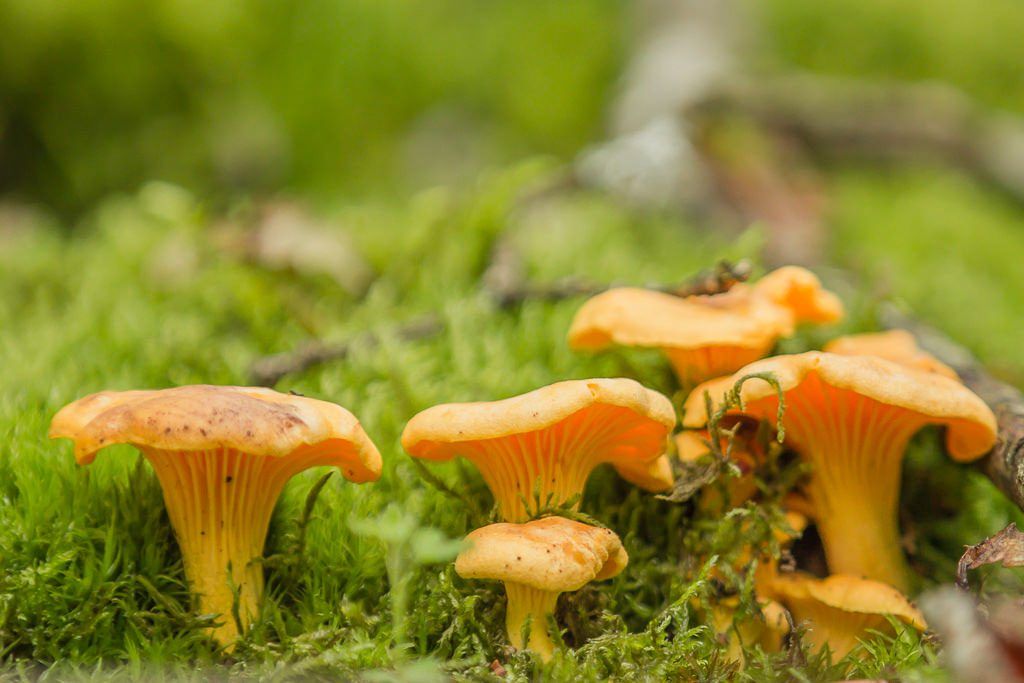
- The chanterelle (Cantharellus cibarius) is one of the most beautiful wild mushrooms to be found in the woods
- Cantharellus cibarius, characteristics of the chanterelle mushroom
- What is the habitat of the chanterelle mushroom?
- Chanterelles in the mountains
- Photographs of chanterelles or cibarius
- Chanterelles in cooking.
The chanterelle (Cantharellus cibarius) is one of the most beautiful wild mushrooms to be found in the woods
Seeing the yellow color of chanterelles against the green of the grass is very much like a mycological rush. Not only because it is a delicious edible mushroom species, but also because it is unlikely to be attacked by larvae and insects and because there is rarely a single specimen. So get your basket ready because they're coming... the chanterelles
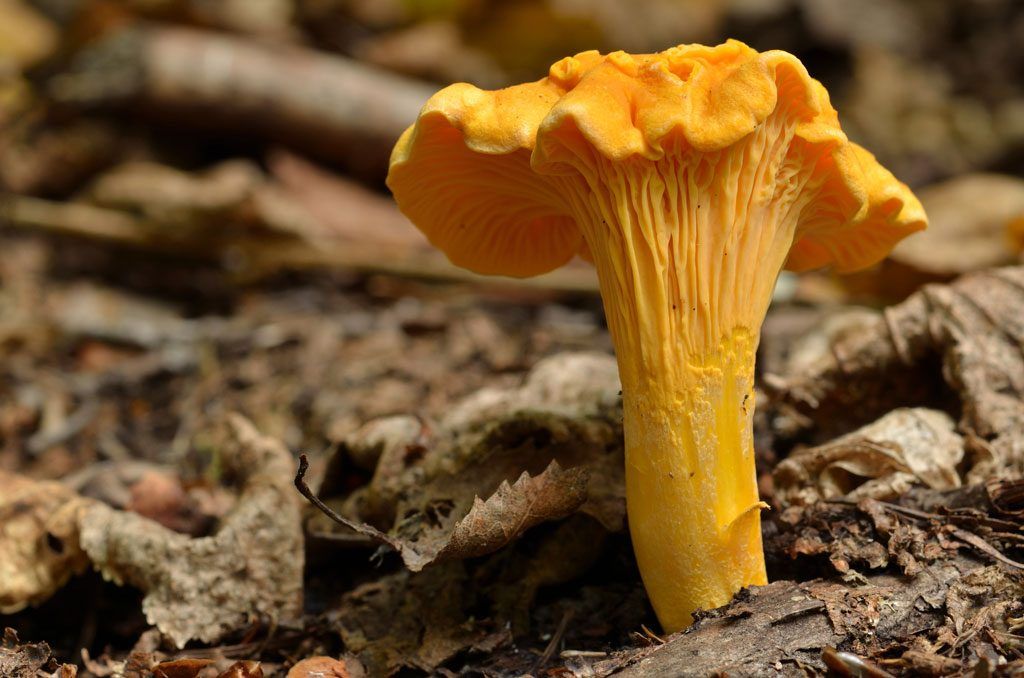
Cantharellus cibarius, characteristics of the chanterelle mushroom
Girolle, chanterelle, rossinyol. The mushroom with a thousand names
Although its scientific name is Cantharellus cibarius, the most traditional name by which this colorful mushroom is known is Girolle. This is how it is known in most regions of the peninsula. But as is the case with most popular wild mushrooms, it has many names.
Depending on the region, it may also be known as cantharellus, cantarelos, chantarela, anacate, cabrilla, santerella, cantarela, seta de haya, seta de san juan. In the Basque Country, it is known as zizahori, Saltsa perretxikoa, san juan perretxiko, txaltxatua, urre perretxikoa, baina…
Other popular names for cibarius are rossinyol or rossinyols, ginesterola, picornell, vaqueta, agerola...
In other countries, it is known as Chanterelle (English), Finferli (Italian), Girole (French), kantarell, Pfifferling
Scientifically, its name, as already mentioned, is Cantharellus cibarius. It belongs to the Basidiomycetes class, Aphyllophorales order, Cantharellaceae family

How can you tell the difference between chanterelles, rossinyols, and chantarelles?
When we talk about chanterelle mushrooms, we are referring to a type of edible mushroom that is very easy to recognize. Once you have located and recognized a specimen of chanterelle, you will not confuse it with other species. It is perhaps the most characteristic mushroom along with Amanita muscaria.
Cantharellus, its name says it all
Its name, cantharellus, means “cup” in Latin, which is exactly the shape of the adult mushroom. This typical shape and its distinctive color are the two most significant features of this species, but we will explain other characteristics below.
Stem of the chanterelle mushroom
It is very distinctive. The stem of the chanterelle has no ring and is small and solid. It is only a few centimeters long and is thicker at the base than at the top. It grows in diameter until it reaches the gills.
Cap of the rossinyols
The chanterelle mushroom has raised edges like a funnel when mature, although it is quite flat at first. It can exceed 12 cm in large mature specimens. It has a lobed margin. The cuticle is separable, dry, and bright yellow in color.
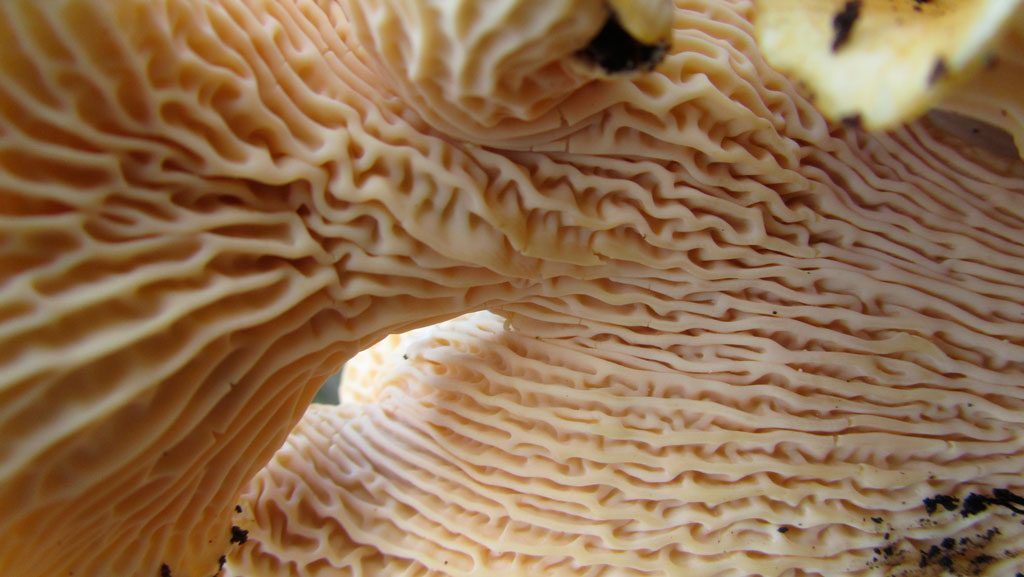
The color of the cap of Cantharellus cibarius varies greatly. It depends largely on the type of soil in which it grows. Thus, it ranges from whitish to more orange tones, passing through all shades of yellow. It has folds instead of gills. These continue down to the stem. They are thick and retain the same color as the cap
Its flesh is thick and fairly firm. It is whitish in color with yellow tones on the edges.
A characteristic feature is its somewhat fruity smell and flavor, reminiscent of apricots. It has a fibrous consistency
What is the habitat of the chanterelle mushroom?
When we talk about chanterelles, we are referring to a species that prefers siliceous substrates, mainly acidic and with a pH never exceeding 5.5. You can find them in soils of the following types: sandstone, granite, slate, quartzite, etc.
It is a mycorrhizal mushroom, which means it forms a symbiotic relationship with certain plant species. In terms of vegetation, it is best to look for it hidden among dead leaves. Close to deciduous trees, beech woods, chestnut woods, oak woods, holm oaks, and oak trees. Also near rockroses and ferns and, to a lesser extent, in conifers, although this depends greatly on the area.
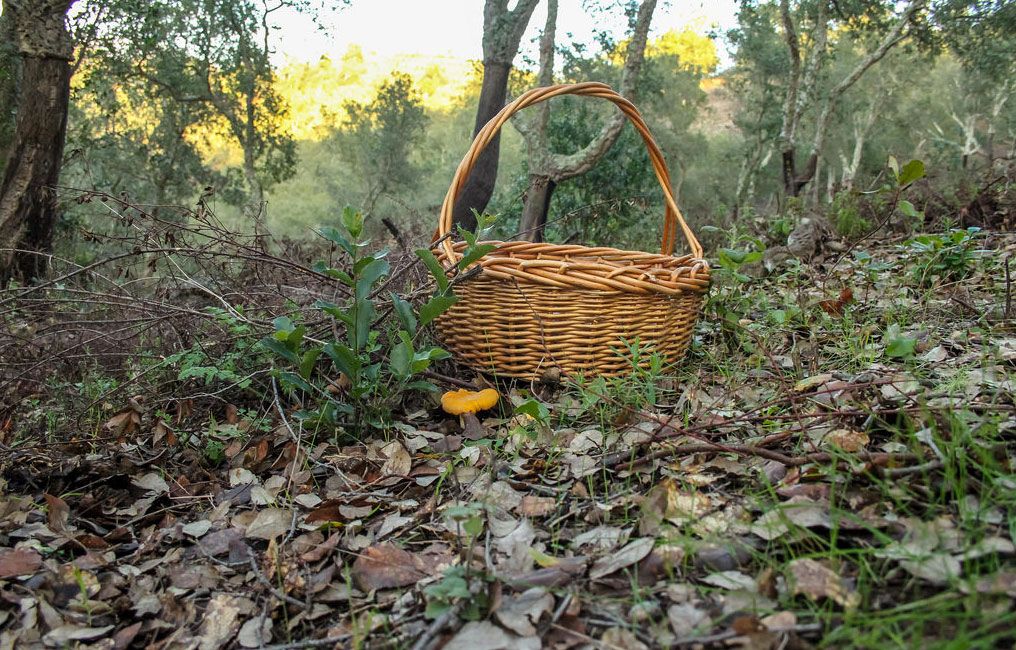
Where can you find chanterelles or girolles?
Cantharellus mushrooms are widespread throughout the peninsula, from Cadiz to the Pyrenees, and are very abundant in some areas. It is interesting to note that the first mycological market in Jimena de la Frontera was created to sell its abundant chanterelles.
This mushroom is found all over the world and is probably the most widely consumed and sold wild mushroom. In Europe, the cibarius is also abundant, mainly in France, Italy, England, Germany, and the Nordic countries.
Chanterelles in the mountains
When can we find chanterelles?
The chanterelle season in most places begins in late spring and early summer. It depends a lot on the rainfall during these months. Production continues throughout the fall, especially after rainfall. Rossinyols, as they are called in Catalonia, or chanterelles in the south, sometimes continue to grow well into winter.
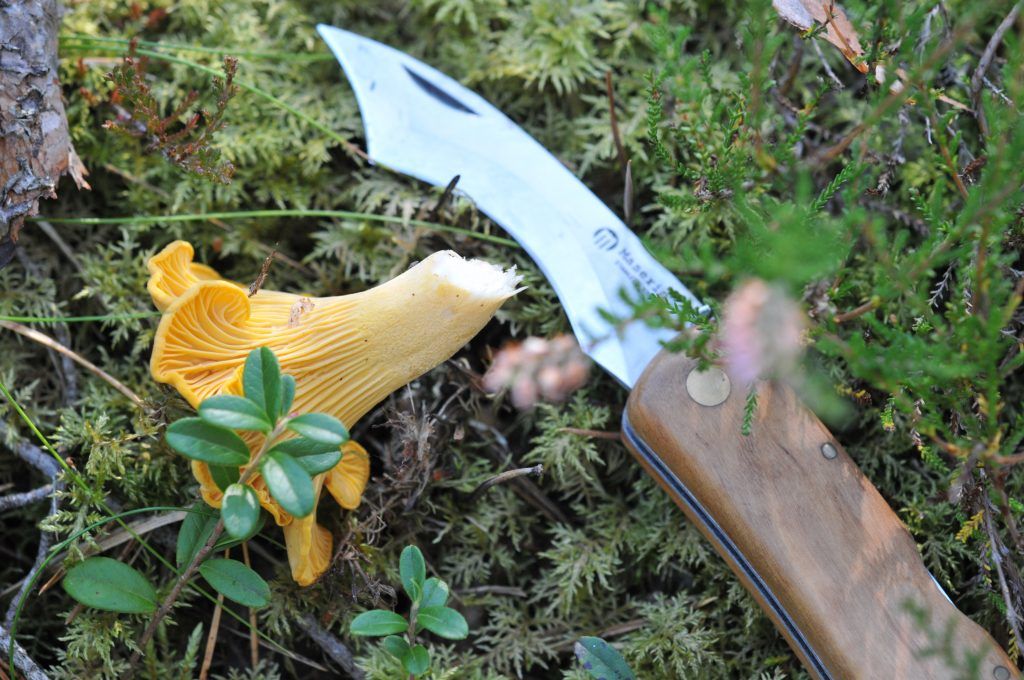
What are the optimal conditions for chanterelles to grow?
This edible mushroom species, like most of its relatives in the Cantharellus genus, needs a lot of moisture. Thus, after intense and abundant rainfall, chanterelles will appear in abundance.
Thanks to its special internal hydration system, once it has fruited, it tolerates drought or lack of rain very well. It can survive for several days without moisture or heat.
Once it starts to fruit, it usually does so abundantly, regularly, and in the same place as in previous years. So, if you find a good area for chanterelles, keep it as a treasure.
Can I confuse chanterelles with poisonous mushrooms?
Chanterelles are edible mushrooms that are very easy to identify. They only resemble one poisonous species, but it is never fatal. What's more, once you know a few characteristics that differentiate them, confusion is very unlikely.
Any confusion we may have in identifying the cibarius incorrectly is not serious and is more culinary than poisonous.
False chanterelle
It looks somewhat like Hygrophoropsis aurantiaca, known as “false chanterelle.” This small yellow mushroom usually grows in pine forests and is not poisonous, although it has little culinary value. We can easily tell them apart thanks to the gills of hygrophoropsis aurantiaca. In the case of chanterelles, they are decurrent folds.
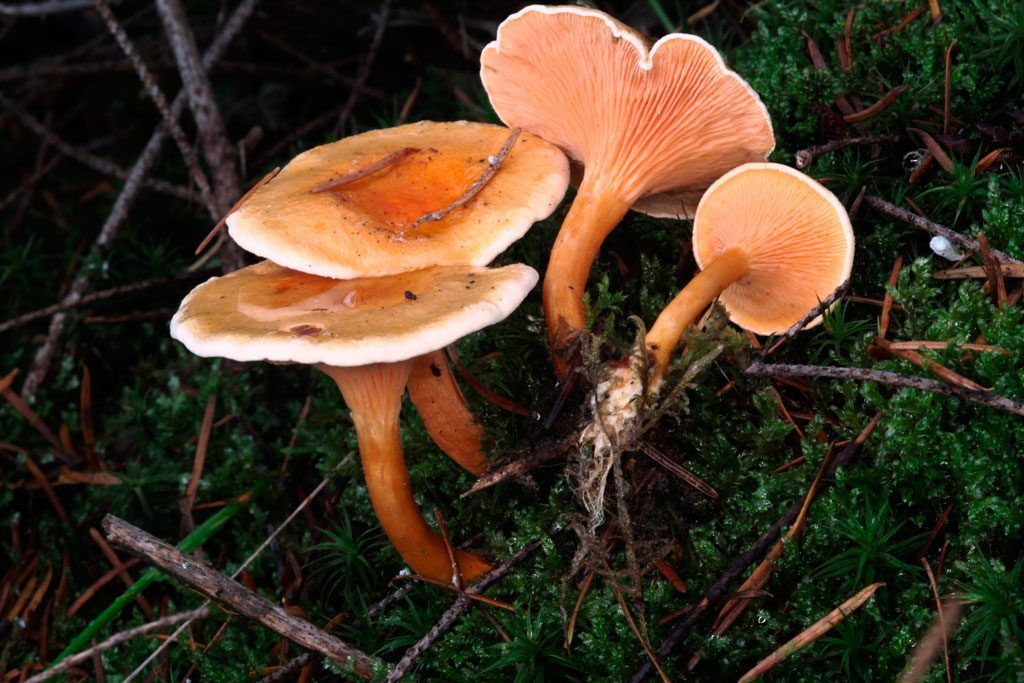
Another possible confusion could be with another variety of chanterelle, such as C. tubaeformis. Although in this case, the confusion will be just as pleasant from a gastronomic point of view. In this case, we can look at the stem of the tubaeformis, which is a more grayish color, elongated and thin, and its cap is a different, darker shade
Warning about the olive mushroom</h
This species is known as the olive mushroom. The name comes from the tree with which it is associated, EXCLUSIVELY OLIVE TREES. Its scientific name is Omphalotus olearius. This toxic species has an orange to light brown cuticle. In addition to the difference in color, this poisonous mushroom has gills rather than decurrent folds. These gills are tightly packed and easily recognizable. But perhaps the most obvious characteristic is the smell, or rather the bad smell.
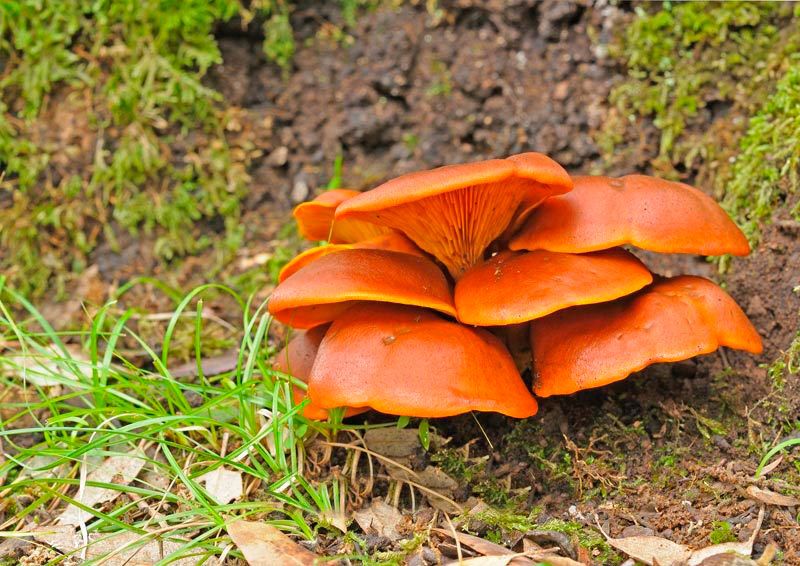
We have already mentioned that the chanterelle has a sweet smell, similar to apricots. Nothing could be further from the smell of the olive mushroom! Both the smell and taste are unpleasant, so if we made the mistake of mixing the two species, we would detect it immediately when cooking.
Does the cantharellus have similar species?
When we talk about chanterelles, cantarellas, ziza ori, or rossinyols, we are commonly referring to a single type of mushroom. But this is not the case. There are many types of cibarius. There are many different subspecies, although all are excellent for cooking.
Perhaps the most common species, which we often confuse with Cantharellus cibarius, are C. subpruinosus or C. pallens
Cantharellus pallens, or subpruinosus, is smaller in size and has a pruina or veil covering the cap. This bloom disappears with rain. Apart from this characteristic, the stem has brown tones, which are more evident in mature specimens and appear when harvested and damaged
The color of the cibarius varies greatly depending on the type of soil or forest where it grows. Thus, the color varies from whitish yellow to darker, orange tones and even lilac shades.
Other subspecies of chanterelles include
- Cantharellus cibarius var. salmoneus L. Corb.
- Cantharellus cibarius var. bicolor Maire
- Cantharellus cibarius subsp. umbrinus R. Heim
- Cantharellus cibarius subsp. flavipes R. Heim
- Cantharellus cibarius subsp. nanus R. Heim
- Cantharellus cibarius var. alborufescens Malençon
Photographs of chanterelles or cibarius
This is perhaps the most photographed mushroom. This may be due to its color or its presence in most regions of the world. In any case, it is common to see images of chanterelles, photos of cibarius that look like real postcards, so we will leave you with a few to enjoy. And if you have one that you would like us to publish, send it to us on our Facebook
Chanterelles in cooking.
When we talk about the edibility of chanterelles, we are talking about one of the best edible mushrooms and perhaps the most widely consumed wild mushroom in the world. We have already mentioned that it can be found on practically every continent and, of course, it is used in cooking everywhere.
Culinary characteristics of chanterelle mushrooms
If you are wondering why chanterelles are used in recipes, the answer is clear. They are delicious
Their flesh has a special consistency and texture. It is whitish in color, with yellow tones on the edges, mainly on the stem.
In addition, the fibrous consistency of this mushroom means that it is practically unaffected by larvae and insects. This is undoubtedly a great joy for mushroom hunters.
Also, as it is resistant to periods of drought once fruited, it is a species that can be found even outside the mushroom season. What's more, it is very easy to transport and usually arrives in perfect condition after a long day in a wicker basket.
The aroma and flavor of the girolle mushroom
The smell tends to be fruity and sweet, like peaches or apricots, and the flavor is similar, mild. This is why it is highly prized in cuisines around the world.
How to cook chanterelles?
One of the characteristics of this edible mushroom is its versatility. It can be cooked in all kinds of ways, in savory and sweet dishes, grilled or in stews... It is a very versatile mushroom.
The consistency of this mushroom means it takes longer to cook, and this should be taken into account when cooking cibarius.
However, there are some dishes and recipes where it works particularly well. Here are a few examples of chanterelle recipes where this mushroom is a perfect match.
One example would be to use chanterelles to make a sauce, which is ideal! They are also perfect in omelets, a classic dish in mushroom cuisine. And if you haven't tried them sautéed with onions and a little black pepper to bring out their flavor, you don't know what you're missing!
Their mild flavor makes chanterelles a perfect addition to desserts. Try cooking custard or rice pudding with milk cooked and macerated with chanterelles. Surprising!
It is worth noting that chanterelles are used to make chanterelle liqueur, by macerating the mushrooms in liqueur for a certain amount of time. It's delicious!
How should chanterelles be stored?
When we come down from the mountains after hunting for chanterelles and we've managed to fill a basket with cibarius, we ask ourselves: can cibarius be stored? The answer is YES. This mushroom can be stored in many ways.
Once cleaned of dirt, soil, and plant debris, they can be stored in the refrigerator for several days without losing much of their consistency. To do this, dry them and store them in a closed container, such as Tupperware. They keep very well.
We can also dehydrate them, although this may be the method that best preserves the consistency, texture, and flavor of this edible species.
A good option is to grind the dehydrated mushrooms to obtain chanterelle powder, which can be used to season many recipes and give them an extraordinary mountain flavor.
Our favorite option is to freeze chanterelles, as they keep well when vacuum-packed and can be used in many mushroom recipes. Of course, they should not be thawed before cooking, as this will preserve their texture.
Do you know of any characteristics of Cantharellus cibarius that we haven't mentioned? Send them to us and we'll update this comprehensive article on one of the best and most common mushrooms you can find...
. . . And don't forget to share this article!

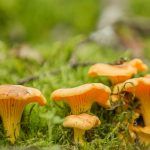
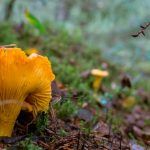
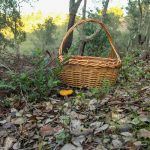
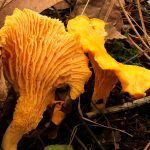
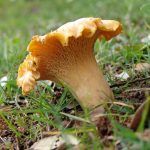
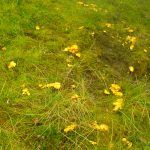
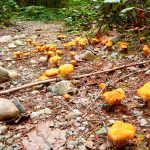
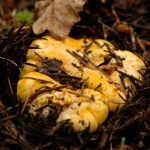
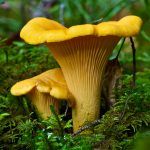
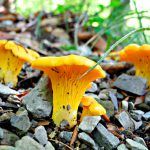
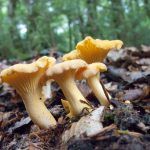
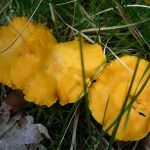
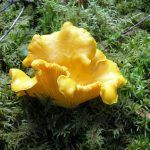
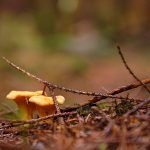
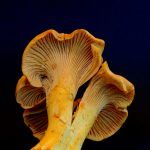
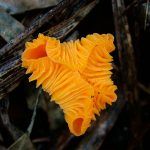
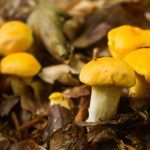
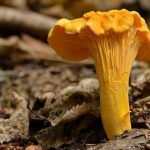
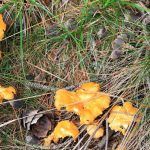
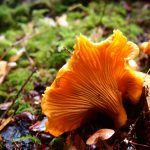
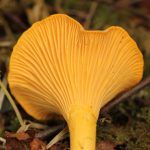
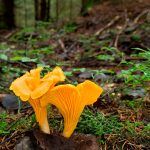
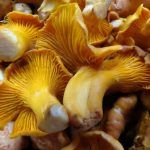
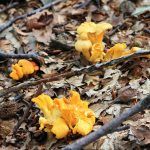
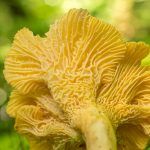
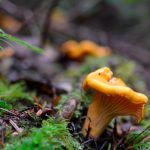
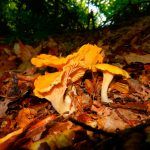
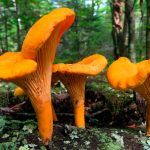
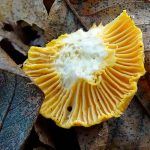
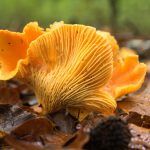
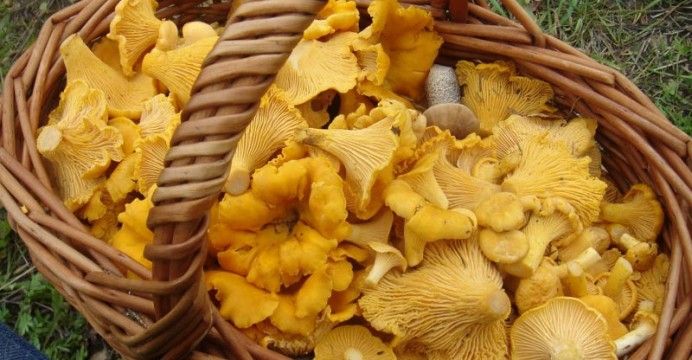
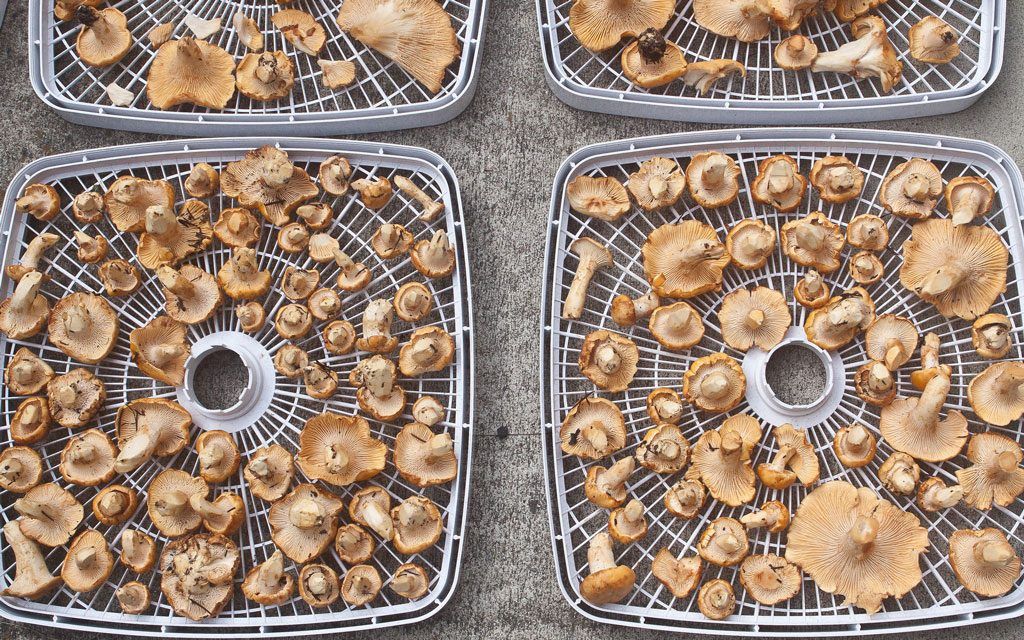
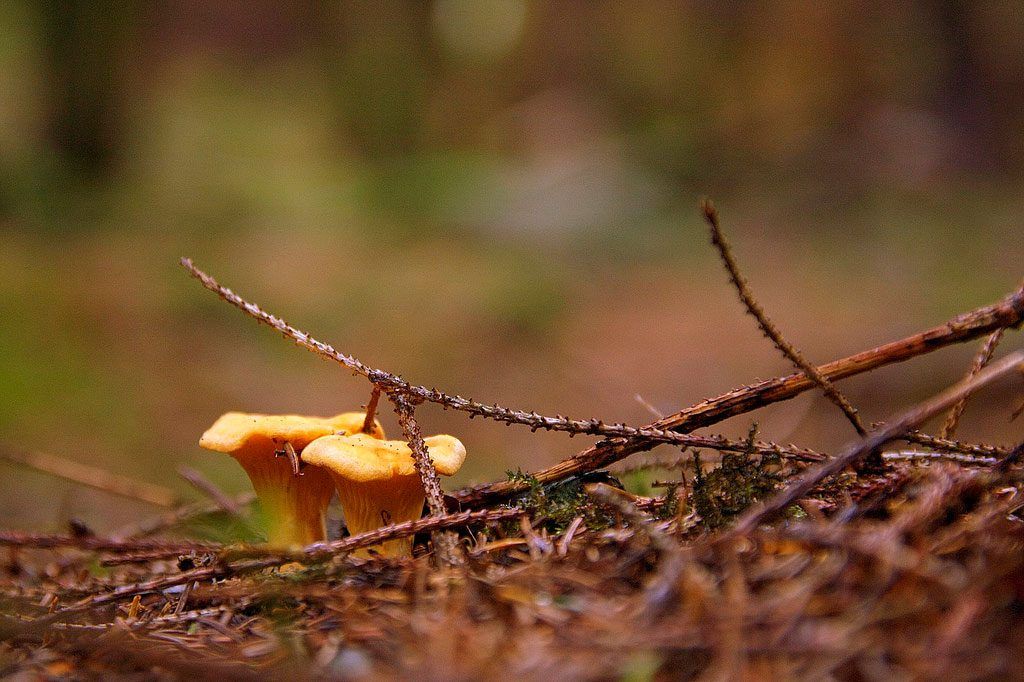
Te pueden interesar